![数理逻辑(第2版) [Mathematical Logic]](https://pic.windowsfront.com/10096474/f2c2dfd6-79e9-4d5d-8a47-b4bc2651d7d0.jpg)

具体描述
编辑推荐
A short digression into model theory will help us to analyze the expressive power of the first-order language, and it will turn out that there are certain deficiencies. For example, the first-order language does not allow the formulation of an adequate axiom system for arithmetic or analysis. On the other hand, this di~culty can be overcome——-even in the framework of first-order logic——by developing mathematics in set-theoretic terms. We explain the prerequisites from set theory necessary for this purpose and then treat the subtle relation between logic and set theory in a thorough manner.Godels incompleteness theorems are presented in connection with several related results (such as Trahtenbrots theorem) which all exemplify the limitatious of machine-oriented proof methods. The notions of computability theory that are relevant to this discussion are given in detail. The concept of computability is made precise by means of the register machine as a
内容简介
What is a mathematical proof? How can proofs be justified? Are there limitations to provability? To what extent can machines carry out mathematical proofs?Only in this century has there been success in obtaining substantial and satisfactory answers. The present book contains a systematic discussion of these results. The investigations are centered around first-order logic. Our first goal is Godels completeness theorem, which shows that the consequence relation coincides with formal provability: By means of a calculus consisting of simple formal inference rules, one can obtain all consequences of a given axiom system (and in particular, imitate all mathematical proofs)
内页插图
目录
PrefacePART A
ⅠIntroduction
1.An Example from Group Theory
2.An Example from the Theory of Equivalence Relations
3.A Preliminary Analysis
4.Preview
Ⅱ Syntax of First-Order Languages
1.Alphabets
2.The Alphabet of a First-Order Language
3.Terms and Formulas in First-Order Languages
4.Induction in the Calculus of Terms and in the Calculus of Formulas
5.Free Variables and Sentences
Ⅲ Semantics of First-Order Languages
1.Structures and Interpretations
2.Standardization of Connectives
3.The Satisfaction Relation
4.The Consequence Relation
5.Two Lemmas on the Satisfaction Relation
6.Some simple formalizations
7.Some remarks on Formalizability
8.Substitution
Ⅳ A Sequent Calculus
1.Sequent Rules
2.Structural Rules and Connective Rules
3.Derivable Connective Rules
4.Quantifier and Equality Rules
5.Further Derivable Rules and Sequents
6.Summary and Example
7.Consistency
ⅤThe Completeness Theorem
1.Henkin’S Theorem.
2. Satisfiability of Consistent Sets of Formulas(the Countable Casel
3. Satisfiability of Consistent Sets of Formulas(the General Case)
4.The Completeness Theorem
Ⅵ The LSwenheim-Skolem and the Compactness Theorem
1.The L6wenheim-Skolem Theorem.
2.The Compactness Theorem
3.Elementary Classes
4.Elementarily Equivalent Structures
Ⅶ The Scope of First-Order Logic
1.The Notion of Formal Proof
2.Mathematics Within the Framework of Fimt—Order Logic
3.The Zermelo-Fraenkel Axioms for Set Theory.
4.Set Theory as a Basis for Mathematics
Ⅷ Syntactic Interpretations and Normal Forms
1.Term-Reduced Formulas and Relational Symbol Sets
2.Syntactic Interpretations
3.Extensions by Definitions
4.Normal Forms
PART B
Ⅸ Extensions of First-order logic
Ⅹ Limitations of the Formal Method
Ⅺ Free Models and Logic Programming
Ⅻ An Algebraic Characterization of Elementary Equivalence
ⅩⅢ Lindstrom’s Theorems
References
Symbol Index
Subject Index
前言/序言
用户评价
作为一名对计算机科学非常感兴趣的业余爱好者,我一直对“逻辑”这个词情有独钟。我常常觉得,计算机的本质就是处理逻辑,而数理逻辑则是这背后最核心的理论支撑。所以,当我看到《数理逻辑(第2版)》这本书时,便迫不及待地想拥有它。虽然我不是数学专业背景,但这本书似乎有意地照顾到了非专业读者,它的开篇部分用了一种相对容易理解的方式介绍了数理逻辑的基本概念。我目前还在尝试理解一些更深层次的理论,比如形式系统、完备性定理等。我感觉这本书不仅仅是关于抽象的数学符号,它更是揭示了人类思维的底层规律。我希望通过这本书,能够更好地理解计算机程序是如何工作的,以及如何用更精确的逻辑来描述和解决问题。它的价值,我相信远远超过一本单纯的教科书。
评分最近终于下定决心,开始啃这本《数理逻辑(第2版)》了,之前就听说这本是领域的经典,但一直有点畏难情绪。拿到书的那一刻,厚重感扑面而来,纸张的质感也很好,拿在手里就感觉内容一定不一般。我一直觉得数学是一门严谨的学问,而逻辑又是数学的基石,所以对数理逻辑这个领域本身就充满了好奇。虽然我不是数学专业出身,但我在工作中经常需要处理复杂的问题,逻辑思维能力是必不可少的,所以想通过学习这本书来系统地提升自己的理论素养。拿到书后,我先翻阅了一下目录,感觉内容涵盖非常广,从最基础的命题逻辑,到一阶逻辑,再到一些更高级的概念,比如模型论、证明论等等,这些我之前很多都只是在概念上有所耳闻。我特别期待能够深入理解这些理论,看看它们是如何支撑起我们日常的推理和数学证明的。这本书的排版我也很喜欢,清晰明了,而且看起来不是那种死板的书本,希望能通过阅读,找到那些隐藏在数学世界里的优雅规则。
评分说实话,这本《数理逻辑(第2版)》我才刚翻开没多久,主要还是在熟悉它的整体框架和一些基础概念。我之前对数理逻辑的了解,大多是通过一些科普读物或者是在学习其他课程时零星接触到的,比如一些关于集合论或者证明的介绍。但这本书明显是要深入得多,它不仅仅是告诉你“是什么”,更重要的是教你“为什么”以及“如何做”。我个人比较喜欢这种循序渐进的学习方式,即使遇到一些不那么容易理解的地方,也能通过后面的内容或者作者的讲解慢慢理清思路。这本书的语言风格比较严谨,但这正是我想在数理逻辑领域所期望的。我希望通过这本书,能够建立起一个坚实的数理逻辑基础,为我未来在算法设计、程序验证等需要高度逻辑性的工作中打下坚实的基础。同时,我也希望这本书能够帮助我培养一种更加清晰、严谨的思维模式,这对我来说是无价的。
评分最近在思考关于人工智能的未来发展,我觉得要深入理解AI,离不开对逻辑的深刻认识。因此,我选择了《数理逻辑(第2版)》这本书来系统学习。我刚开始阅读,就被书中严谨的逻辑体系所吸引。它不仅仅是枯燥的符号和公式,更像是为我们搭建了一个认识世界、认识思维的全新框架。我特别关注书中关于命题逻辑和一阶逻辑的部分,因为我觉得这些是最基础也最核心的概念,能够帮助我理解如何将自然语言的描述转化为精确的形式化语言。我希望通过这本书,能够理解那些复杂的算法和模型背后所蕴含的逻辑原理,从而更好地理解AI的决策过程,甚至思考AI的局限性。这本书的阅读过程,对我来说更像是一次思维的“重塑”,它让我开始用一种全新的视角去审视那些看似平常的现象。
评分我是一名数学系的学生,现在正值学习数理逻辑的关键时期,这本《数理逻辑(第2版)》可以说是我的“必修教材”。拿到手后,我立刻就开始按照课程进度进行学习,它给我的第一印象是内容非常详实,覆盖了数理逻辑的各个主要分支,包括命题演算、谓词演算、模态逻辑、递归论等等。每一章节的讲解都力求清晰,并且配有大量的例题和习题,这对于巩固学习非常有帮助。我特别喜欢书中对一些概念的严谨定义和证明过程的详细展示,这让我能够真正理解数学推理的严谨性。虽然有时会觉得有些概念比较抽象,需要花费大量时间去消化,但每一次攻克一个难点,都有一种成就感。这本书不仅是学习理论知识的工具,更是培养我数学思维和抽象能力的重要途径。
评分经典书籍
评分体系
评分书很不错,是数理逻辑的经典之作!
评分书的质量不错,就是英语水平跟不上
评分好
评分目录
评分好书好服务
评分挺不错的!经典书籍阿~
评分满减加券一起买的,简直不能再白菜,开心
相关图书
本站所有内容均为互联网搜索引擎提供的公开搜索信息,本站不存储任何数据与内容,任何内容与数据均与本站无关,如有需要请联系相关搜索引擎包括但不限于百度,google,bing,sogou 等
© 2025 book.coffeedeals.club All Rights Reserved. 静流书站 版权所有


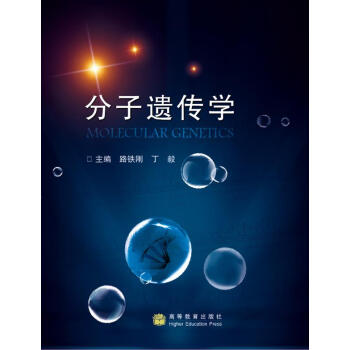

![等离子体物理学和受控聚变:第1卷(第2版) [Introduction to plasma physics and controlled fusion.Volume 1, Plasma physics 2nd edition] pdf epub mobi 电子书 下载](https://pic.windowsfront.com/10256968/df9bb09b-3e0f-433f-b4c3-1fda8e35e3e5.jpg)

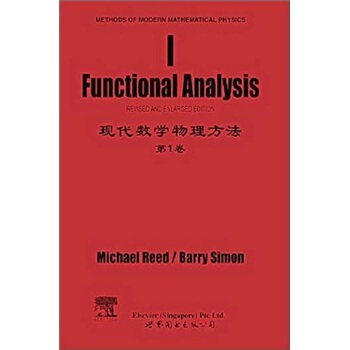
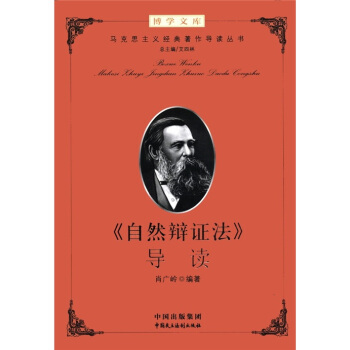

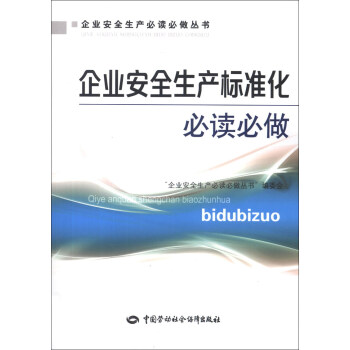
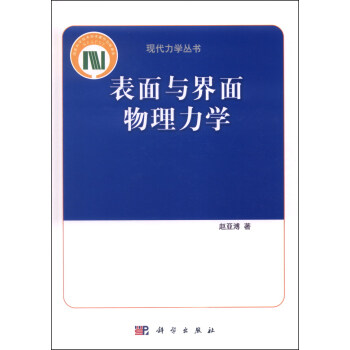
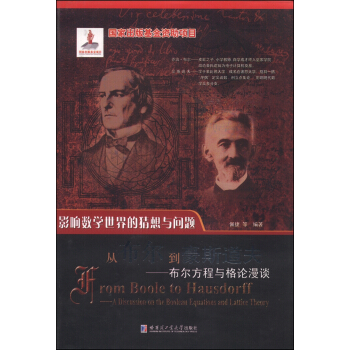
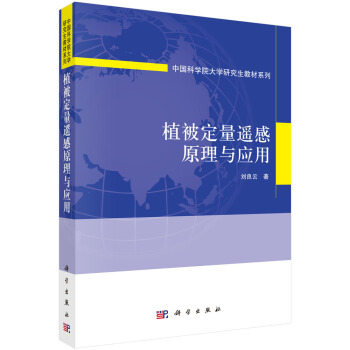
![计算光子学——MATLAB导论 [Computational Photonics an Introduction With MATLAB] pdf epub mobi 电子书 下载](https://pic.windowsfront.com/11717948/5594ea66N3f41a79e.jpg)



![生命科学名著:进化 [Evolution] pdf epub mobi 电子书 下载](https://pic.windowsfront.com/11882499/57431b71N00f1239f.jpg)
![今日天文 星系世界和宇宙的一生(翻译版 原书第8版) [Astronomy Today] pdf epub mobi 电子书 下载](https://pic.windowsfront.com/11959953/5837d889Ned8822b4.jpg)

